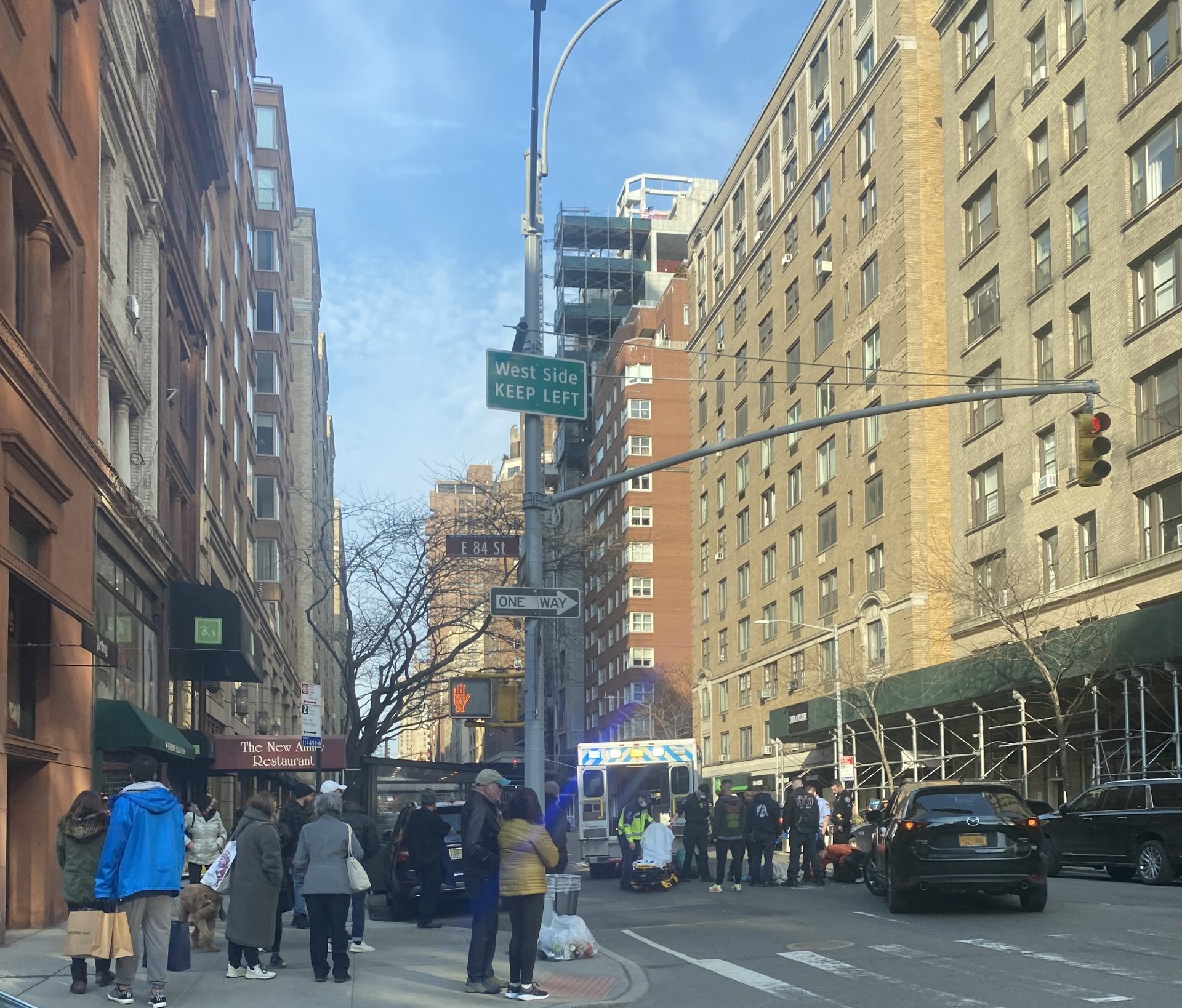NYC Pedestrian Accident fatalities increased by 18% in 2024 compared to 2023
 As New York City pedestrian accident lawyers, we have witnessed firsthand the tragic consequences of an increasingly dangerous urban environment for walkers. While the city proudly touts its walkability and its Vision Zero program aimed at reducing traffic fatalities, 2024 saw a troubling surge in pedestrian deaths, highlighting gaps in safety measures that demand immediate attention.
As New York City pedestrian accident lawyers, we have witnessed firsthand the tragic consequences of an increasingly dangerous urban environment for walkers. While the city proudly touts its walkability and its Vision Zero program aimed at reducing traffic fatalities, 2024 saw a troubling surge in pedestrian deaths, highlighting gaps in safety measures that demand immediate attention.
Pedestrian Deaths on the Rise
According to a recent article in the New York Times, City data reveals an 18% increase in pedestrian fatalities in 2024 compared to 2023. This surge comes despite a slight overall decline in traffic deaths. Notable incidents, such as the tragic Christmas Day crash in Midtown that injured six pedestrians, underscore the persistent hazards on New York’s streets.
Advocacy groups like Transportation Alternatives have sounded the alarm, emphasizing the urgent need for more aggressive safety measures. “Every single New Yorker is a pedestrian,” said Philip Miatkowski of Transportation Alternatives. The city’s walkable nature makes these rising fatalities especially concerning.
Vision Zero: Progress or Plateau?
Launched in 2014, Vision Zero initially achieved commendable reductions in traffic fatalities, with deaths hitting a low of 206 in 2018. However, progress has stalled, and the initiative faces criticism for failing to adapt to a rapidly changing urban landscape dominated by SUVs, e-bikes, and scooters.
Experts suggest that the increased size and weight of vehicles, coupled with insufficient pedestrian protections, contribute to the rise in fatalities. As Sarah Kaufman of NYU’s Rudin Center for Transportation noted, Vision Zero requires more transformative approaches to urban design, such as expanded pedestrian spaces and improved traffic signaling.
Recent Measures Fall Short
The Adams administration has taken steps to enhance pedestrian safety, including introducing more protected bike lanes, expanding pedestrian plazas, and implementing “Sammy’s Law,” which allows the city to reduce speed limits to 20 mph. While these measures are steps in the right direction, their implementation has been criticized as slow and insufficient.
Key safety interventions—such as raised crosswalks, concrete barriers, and expanded red-light camera programs—have shown promise but need wider adoption. Congestion pricing, set to begin this year, may help alleviate some risks by reducing the number of vehicles in the city’s core.
What Needs to Be Done
To truly protect pedestrians, the city must embrace bold, immediate actions, including:
- Designing safer streets: Narrower lanes, curb extensions, and pedestrian islands can prevent reckless driving.
- Stricter enforcement: Tougher penalties for speeding and red-light violations are essential.
- Community support: Public backing is critical to expanding bike lanes and pedestrian zones without delay.
Seeking Justice for Victims
Pedestrian accidents are not just statistics; they are devastating personal tragedies. Families affected by these incidents deserve accountability. Our firm, Gair, Gair, Conason, Rubinowitz, Bloom, Hershenhorn, Steigman & Mackauf, has represented numerous victims in such cases. Notably, we secured the second-highest verdict ever for a pedestrian accident in the State of New York, with a jury awarding $85 million to a man struck by a double-decker sightseeing tour bus in Manhattan. This record-setting verdict was a testament to the meticulous preparation, trial skills, and dedication of our legal team.
If you or a loved one has been injured in a pedestrian accident, contact us at 212-943-1090 for a consultation. Let us help you navigate the legal process and fight for the justice you deserve.
Final Thoughts
New York City must reaffirm its commitment to making streets safer for everyone. Pedestrian safety cannot be a secondary concern in a city that thrives on its walkability. It is time for leaders to prioritize lives over convenience and adopt comprehensive measures that protect the most vulnerable users of our streets.
 New York Personal Injury Attorneys Blog
New York Personal Injury Attorneys Blog


